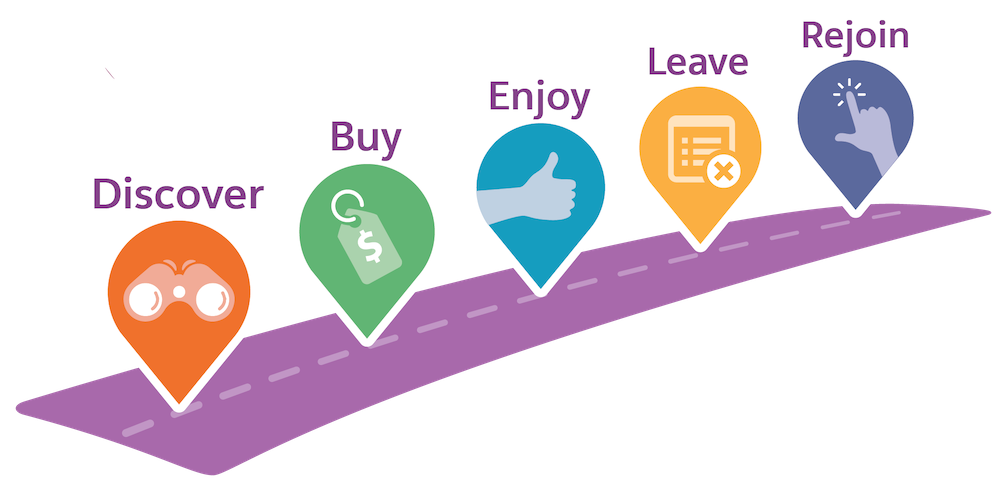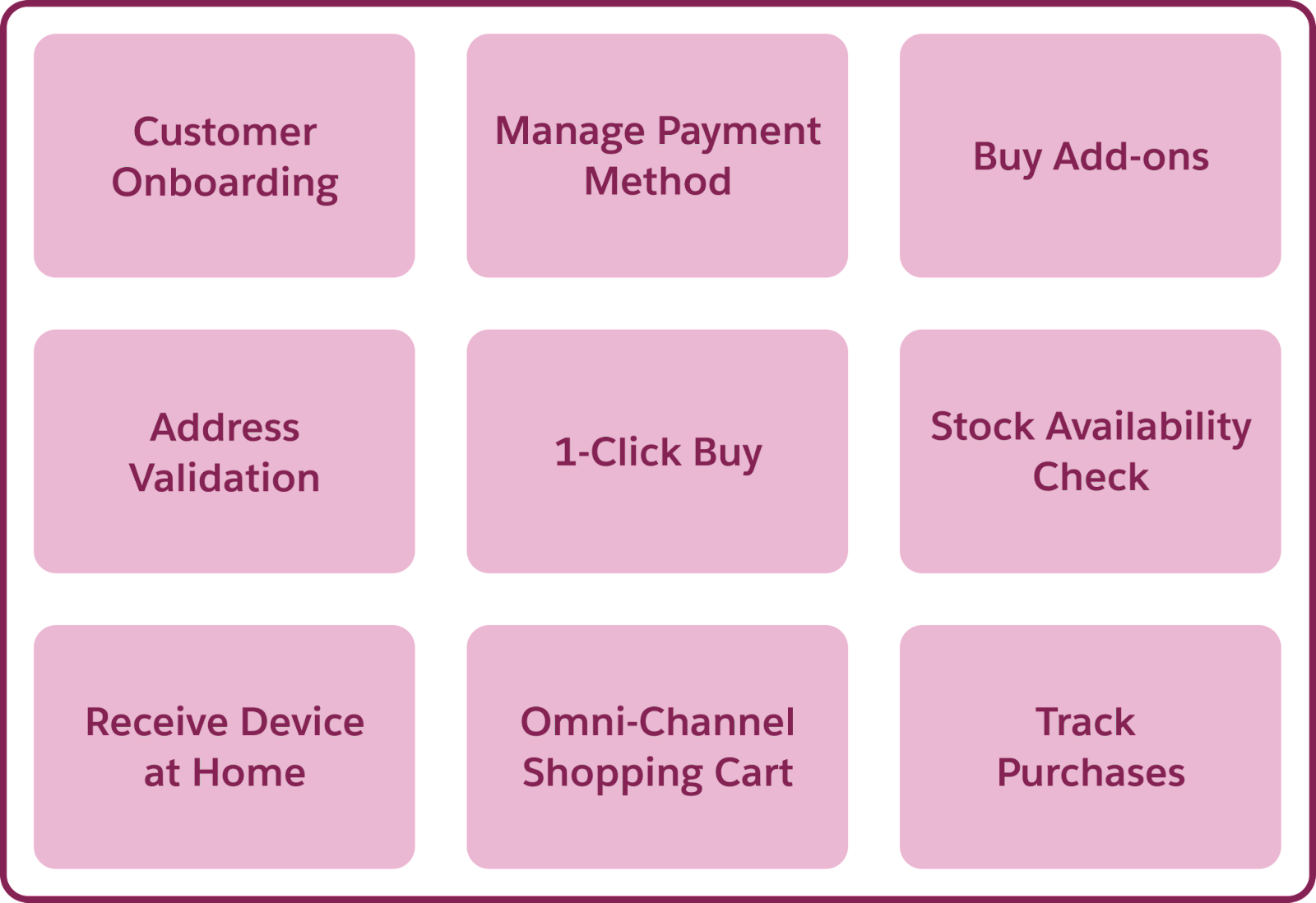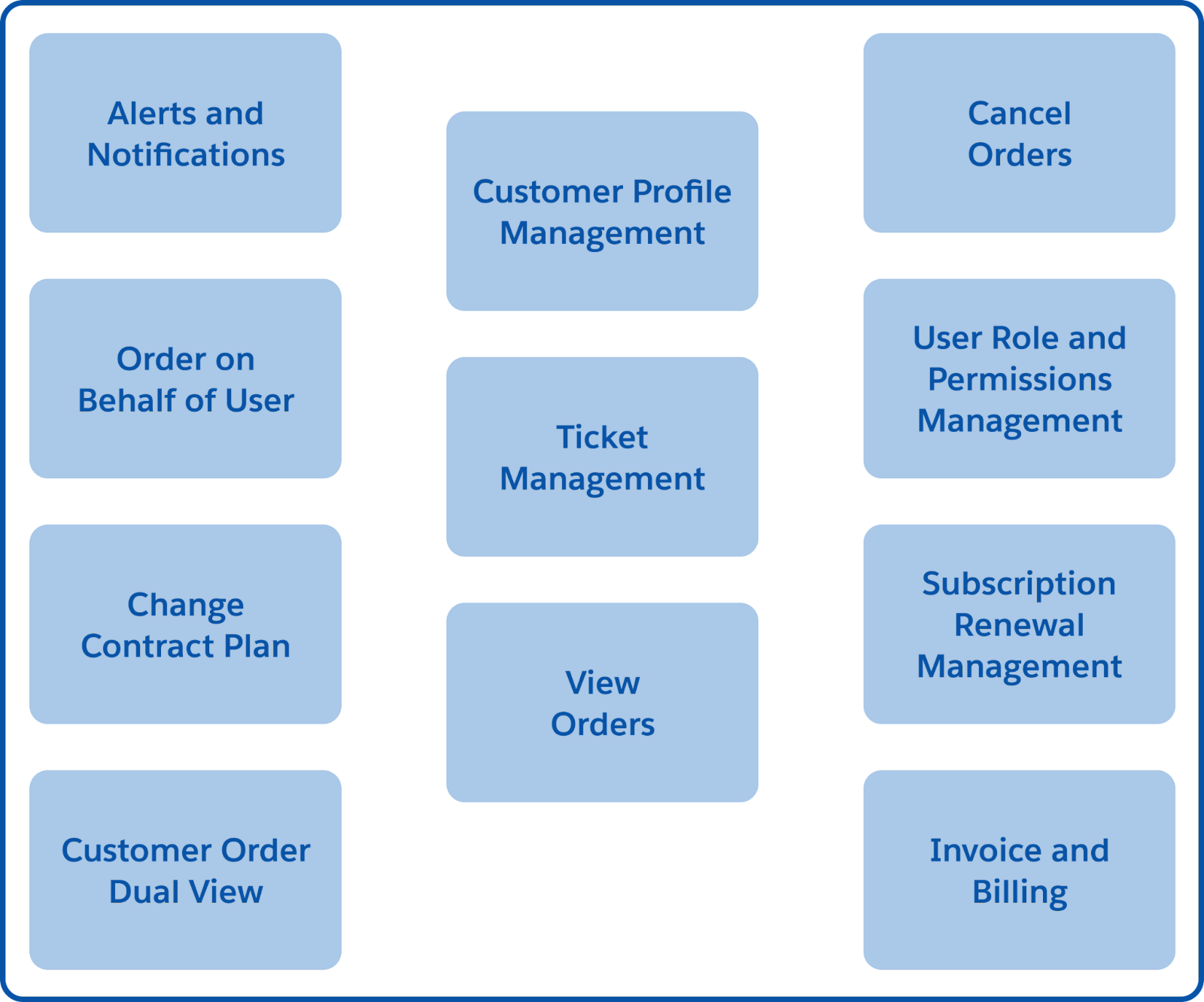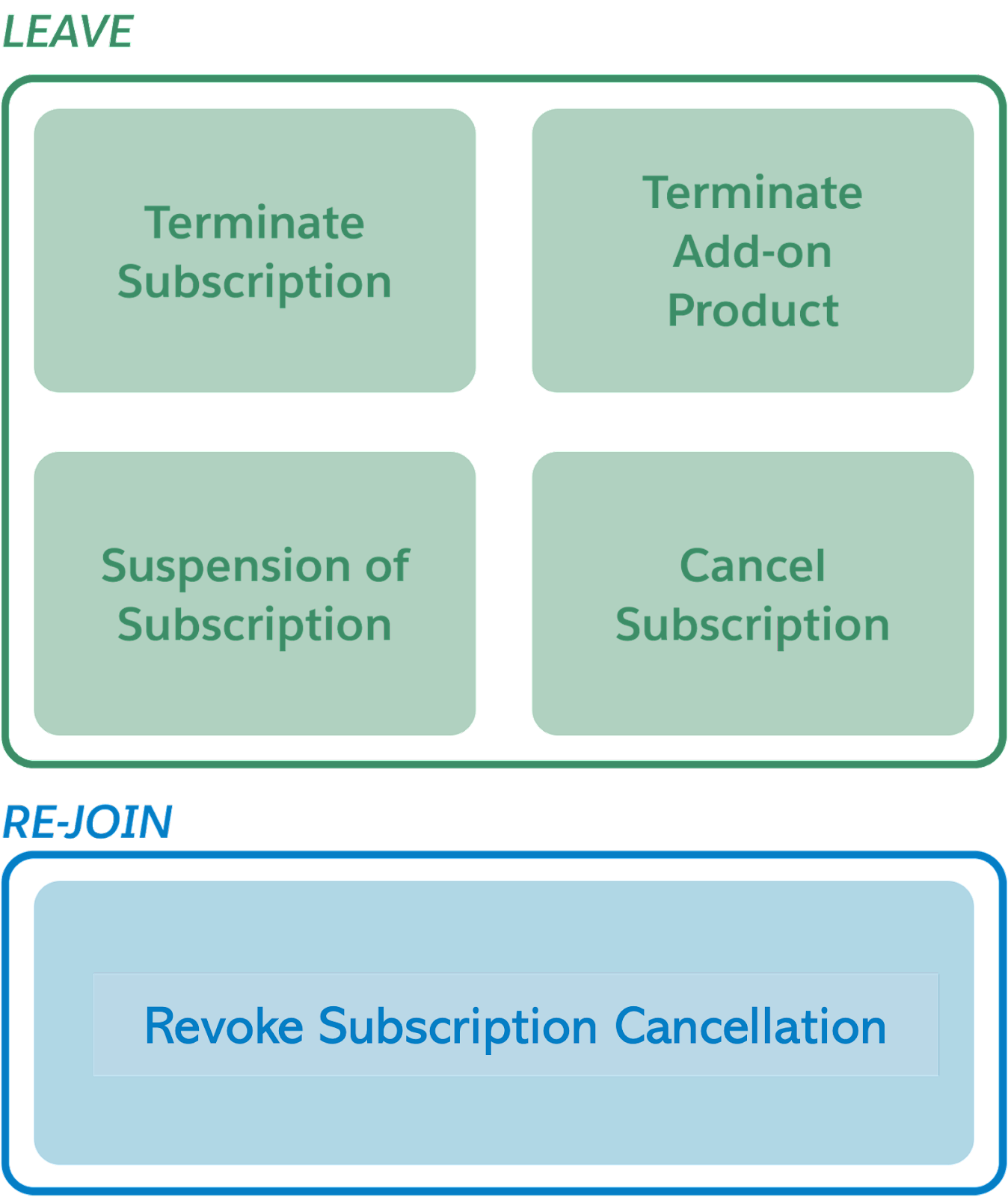Meet Subscriber Lifecycle Management
Learning Objectives
After completing this unit, you’ll be able to:
- Explain the relationship between the subscriber lifecycle and customer lifetime value.
- List the stages of the subscriber lifecycle.
- Discuss the customer journeys for subscribers and media companies.
- List the types of media companies that can benefit from the SLM solution.
- Discuss the different roles and responsibilities of those who use SLM.
Before You Start
Before you start this module, consider completing the following recommended content.
Placing Customers Front and Center
Let’s take a moment to reflect. What’s your favorite media product, the one you consume most often? Do you enjoy a streaming media service? How about an online subscription to a research journal?
Now ask yourself, “What is it about this product that appeals to me?” Is it the personalized recommendations? Are you impressed with the customer service the media company provides? Is the content interesting because of its diversity? Your answer to these questions may be different from your friend’s, and inevitably varies from the many millions who consume media content around the world. The long and short? Every consumer has different expectations.
According to a survey, Netflix had 260 million paid subscribers at the end of 2023, an increase from about 230 million a year before. Clearly, the company caters to a multitude of subscriber expectations.
To stand out as a successful media company, businesses must place their customers at the center of revenue strategies and deliver media solutions that evolve with the changing media landscape.
Media Cloud and the Subscriber Lifecycle Management (SLM) application enable media companies to manage how they attract, acquire, serve, and retain customers. You’ve probably heard media customers referred to as subscribers. Let’s find out how media companies manage them throughout the subscriber lifecycle.
The Subscriber Lifecycle and Customer Lifetime Value
Today, consumers prefer media-service subscriptions over more traditional, pay-as-you-go models. They’d often rather experience a product or service for a low monthly fee than pay for on-demand products at higher prices. As a result, more and more businesses are adopting a subscription-based media business model. To maximize customer lifetime value, it’s important to understand the subscriber lifecycle.
The subscriber lifecycle describes the processes, capabilities, and knowledge needed to acquire, bill, and retain subscribers, grow operations, and achieve profitability. Businesses that excel at all stages of the subscriber lifecycle are most likely to succeed.
To measure business success throughout the subscriber lifecycle, it’s best to use the average customer lifetime value (ACLV) metric. In the context of subscriptions, you can calculate ACLV by multiplying average customer duration by average charge amount.
Here’s the formula:
Average customer duration x average charge amount = ACLV
Increasing the average customer lifetime by just a few months can lead to significantly higher ongoing revenue streams.
Stages of the Subscriber Lifecycle
This table defines the main stages of the subscriber lifecycle, which you can manage with SLM.
|
Stage |
Description |
|---|---|
|
Attract |
Attracting customers involves advertising and engaging with people to interest them in your products and services. This stage is all about presenting your business in a way that fulfills the current needs of your target personas, which you develop through intelligent audience segmentation. To attract customers, you must generate demand, nurture leads, and customize their experience. Once you attract a consumer, they become a prospect. |
|
Acquire and Onboard |
Engaging with consumers should lead to acquiring them as customers. Once you attract a consumer and they make a purchase, you've acquired a customer. Customer acquisition is a major cost for streaming service providers, who are always looking for ways to improve the process. The Media Cloud capabilities of SLM include workflows for new account and subscriber journeys, digital commerce, catalog browsing, order capture and activation. The solution also gives you tools to support your acquisition strategies. Having gained all the necessary information and being delighted with your brand’s customer experience, the prospect makes a purchase. Next, you officially onboard them. Media and Service Cloud workflows guide users through the journey, either with self-help tools or internal apps for customer support teams. |
|
Engage |
Today, it is all about engaging with subscribers to build and sustain strong relationships. SLM gives you workflows and capabilities to build journeys and engage your customers with positive experiences based on their past behaviors. Enhancing the user experience makes for fast and easy consumption of services through intuitive, easy-to-understand interfaces and functionalities. |
|
Retain |
Retain is all about deepening the relationship with the customer going forward, so they’re more likely to buy from you again. Listen to your customers, and offer them relevant content and services. Upselling and cross-selling can further enhance the relationship and increase customer lifetime value. Retention also means rewarding loyal customers and identifying high-potential churn customers, addressing their demands, and concerns, and keeping them. |
The Customer Journey
Like the subscriber lifecycle, the customer journey also has key stages: Discover, Buy, Enjoy, Leave, and Rejoin.

In the first stage, the consumer discovers a media offering that suits their needs. Next, they buy the product or service and become a subscriber. The third stage is the best part, during which they enjoy their subscription. Sometimes, customers leave the media provider, who in turn encourages them to rejoin.
The SLM application supports each stage of the customer journey with standard workflows.
Discover
During this stage, subscribers and potential subscribers browse packages and offers using SLM workflows.

Anonymous users who browse product offers in a web store but haven't yet created an account can also use the workflows.
Buy
SLM contains workflows that allow potential subscribers to purchase packages and offers, or subscribe directly to a service through self-onboarding.

In this part of the journey, media companies attract prospective customers and convert them into paying subscribers by seamlessly onboarding them.
Enjoy
SLM delivers omnichannel subscriber care when they need help. This includes both digital service with Experience Cloud and Einstein chatbots, and assisted service with Service Cloud.

During this time, subscribers and CSRs can use SLM to perform these tasks:
- Update subscriber details.
- Change packages.
- Purchase or cancel the purchase of add-on services or products.
- View orders, both in progress and activated.
- View devices.
- View and update billing information.
Retain
While retention isn’t a step in the customer journey, it’s important for media companies to retain customers during the Enjoy stage. How does SLM help media companies to retain subscribers?
Einstein Prediction Builder and Einstein Data Discovery can predict the likelihood that a customer will leave and also the likelihood that they’ll buy a service or consume a certain type of content. Media companies can then use Marketing Cloud to drive proactive retention journeys.
Leave and Rejoin
SLM also optimizes the Leave and Rejoin stages with key workflows.

Subscribers and CSRs can cancel a subscription or revoke the subscription cancellation. This makes it easy for subscribers to leave the service and to rejoin in the future.
Types of Media Companies That Use SLM
With the SLM application, media companies can personalize offers and maintain promotions while delivering a unified and intelligent media experience to subscribers.
So which types of companies can benefit? Let’s take a look.
The People Who Use SLM
How you use the SLM application depends on your role and what you need to do. For example, subscribers may want to browse offers and create or modify their subscription, while CSRs need to perform actions on subscriber accounts. Media company supervisors need to add and remove agents, while system administrators may want to customize the app or update the product model.
Let’s take a closer look at the key SLM users.
In the next unit, you learn about the benefits of the SLM application along with its solution map, components, and integrations. Stay tuned!